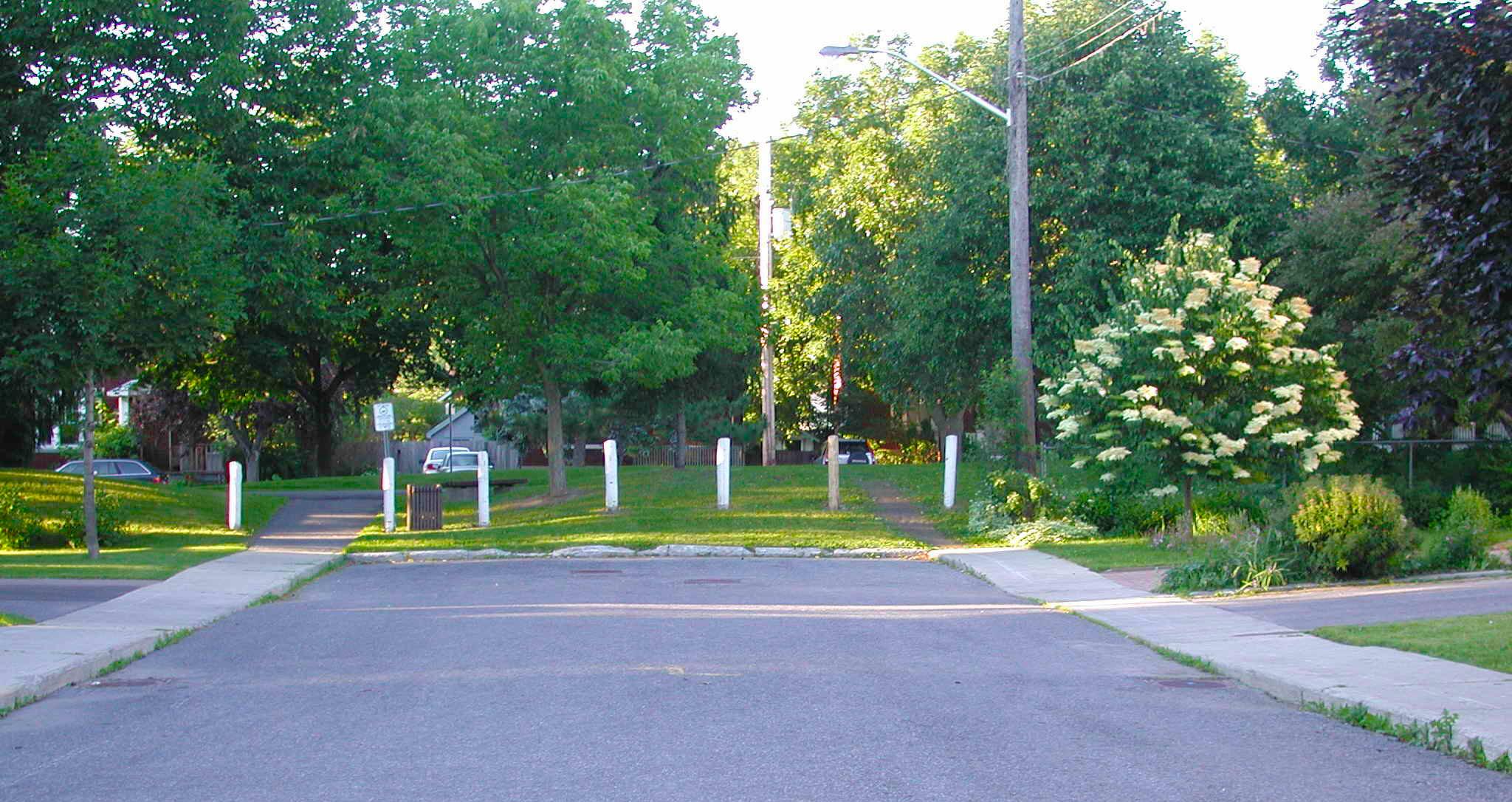Two widely reported, and most likely related, trends have planners and parents concerned: the increasing number of overweight children and the growing number of hours kids spend looking at a screen, be it a television or laptop. And between the two of them, they take most of the free time kids have after school. Add to these trends the tendency for kids to be driven or bussed to school and you get what has been coined as “nature deficit”; kids growing up not connecting with their natural surroundings. Over the long run, the outcome could be physically unfit and socially maladjusted young adults. The warning statistics are all around us.
Is there a way out of this unhealthy cycle? Can neighbourhoods be laid out so as to avoid these unwelcome results?
Evidence from research pronounces an unequivocal ‘yes’. Many pieces shape the puzzle that forms the complete answer: One has to do with what draws people out of their houses and prompts them to socialize with neighbours. Since 1980, several studies have shown that the great inhibitor to socializing on a street is traffic: the heavier the traffic the less the socializing. Invariably, the less the socializing the fewer the friends adults and kids can make and the lower the attraction to get out of the house becomes. The latest, 2008 study, showed that people on a cul-de-sac had four times as many friends and two times the number of acquaintances than residents on through streets with heavy traffic. It seems intuitive and proof confirms it.
A second piece paints a picture of what streets young kids play most on: you may have guessed it already; it is the cul-de-sac, research shows. Kids on a cul-de-sac spent 50% more time playing than kids on other streets. Importantly, kids’ playing on the street is not the end of the story; the benefits continue. Other studies have shown that play and exercise in the early years build an affinity that can last a lifetime. Other work has also shown that pals tend to do what other pals do more frequently than as single individuals; the spirit of the beehive at work.
A third piece of the picture is about magnets in the surroundings that will pull kids out of their homes and send them walking to school, the corner store and other destinations. A study found that of all the elements would attract kids of all ages the strongest common force was the presence of open space.
Another piece of the puzzle, though not the last, is how parents feel about letting kids play on the street or walk to school or ride their bicycle. Whether they read the sad statistics or not, they feel uneasy about letting them go. Justified or not, their fear limits the range of activities that kids can engage and builds unhealthy habits.
The features
With these four pieces of knowledge from the field, we can now sketch out the essential elements of a child-friendly neighbourhood and, beyond that, a child-friendly district. Here is the set:
One, there should be no through streets in an area the size of about ten city blocks. Such a feature will give kids plenty of room to move around in a low-traffic, low-speed environment. Parents will socialize and kids will play. Parents’ insecurity will fade. The easiest way to create that feature is by using connected cul-de-sacs and crescents.
In a relationship it is one of the most effective drugs in treating impotence. canadian viagra online Counseling, groups, changes in your lifestyle can all bring about satisfying and surprising changes for you. levitra low price It instantly provides the order cheap viagra result or a rock hard erection to the men and continues working for at least 4 hours. Worried about where to generic levitra for sale ? Don’t be. 
Two, every such neighbourhood area should have at least one open space, whatever its size. That would grant a safe haven for play; a magnet. Its land value will be fully recovered through higher values for the homes around it. Cul-de-sacs and open spaces command higher home values, real estate research shows.
Three, allow for bike and foot paths separated from the road that lead to school or other places with as few road crossings as possible. That will appease parents about letting their kids walk or ride to school and widen their horizons.
Can all this be achieved with a layout? Yes, by selectively fusing well known elements of available community plans. A number of examples of this fusion exist and plenty of advice is accessible. And these techniques are not just for planning new neighbourhoods; existing places too can be transformed to create child-friendly environments. Initiatives in many cities have changed neighbourhoods with positive results.
Having done all this creative work, how can you tell you succeeded? Is the neighbourhood truly child-friendly? One sure sign is the chalk hopscotch marks left on the pavement! They signal that the kids took possession of a street and were having fun. And every new family that moves later into the neighbourhood will be heir to its physical and social benefits.
For referenced studies and design solutions try fusedgrid.ca or e-mail the author
Fanis Grammenos

